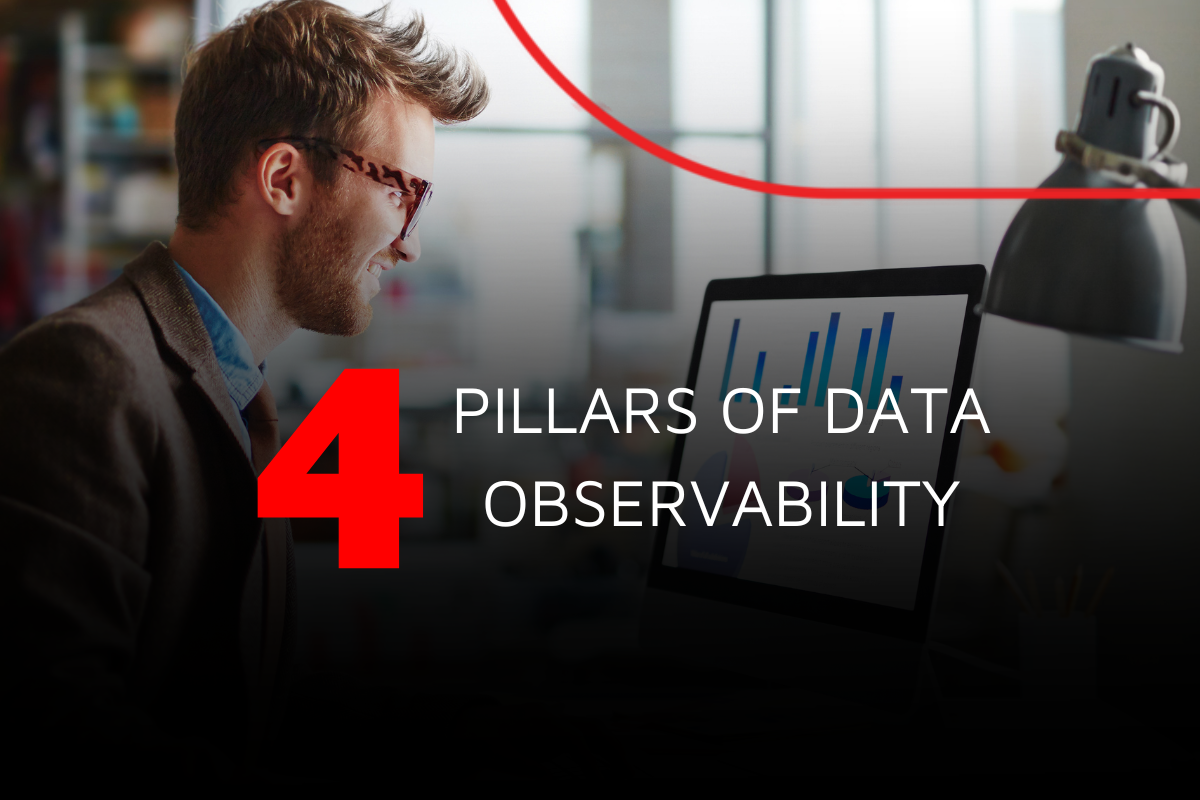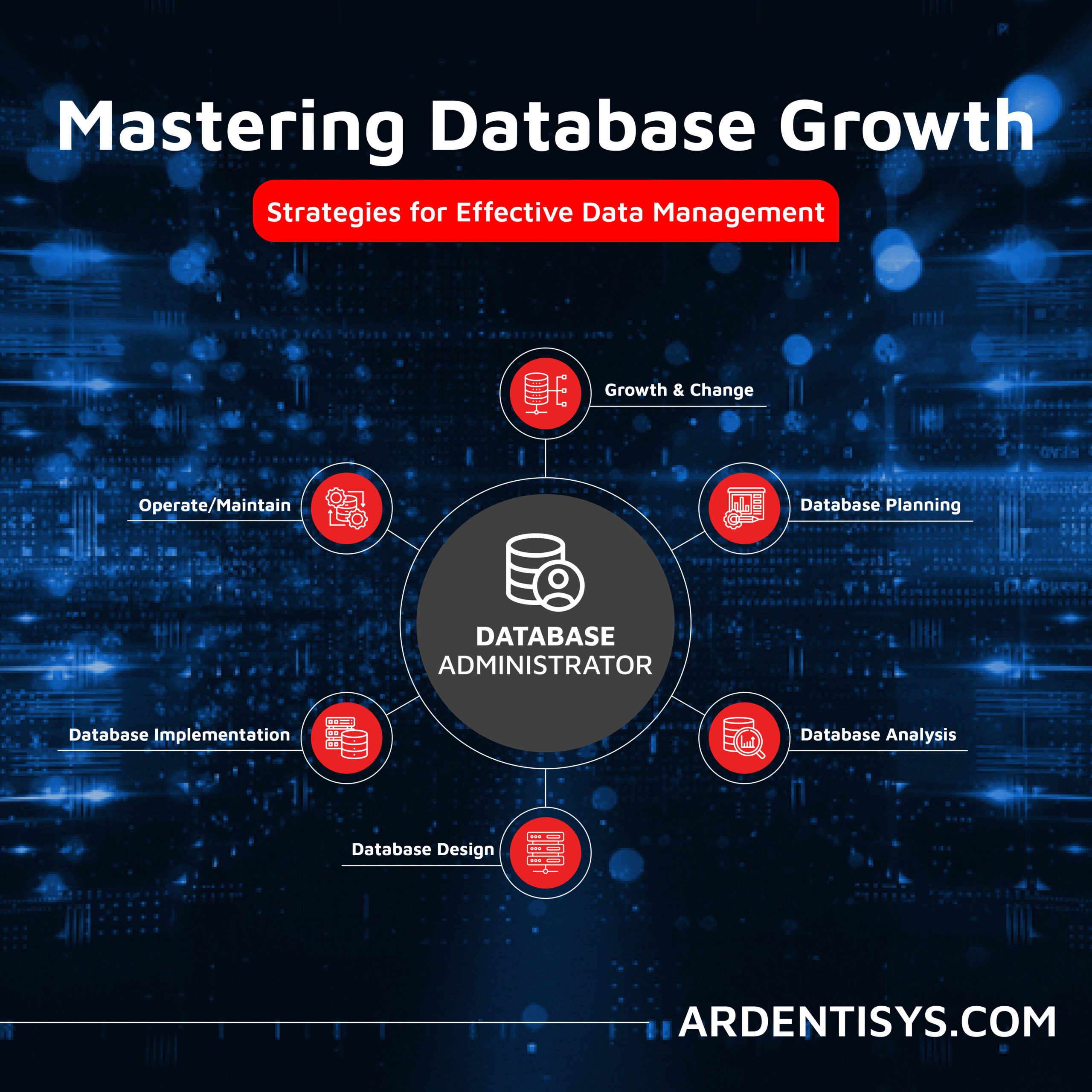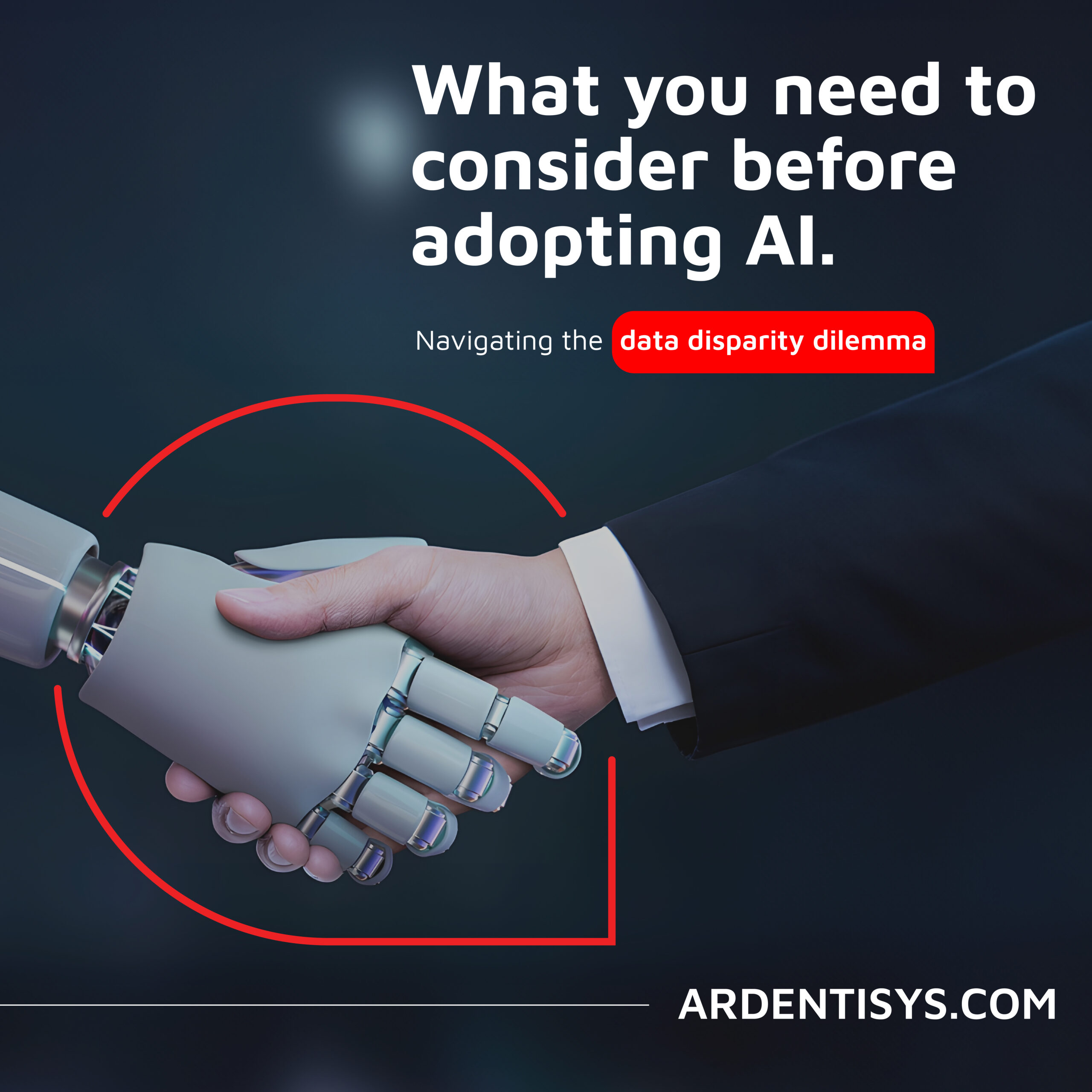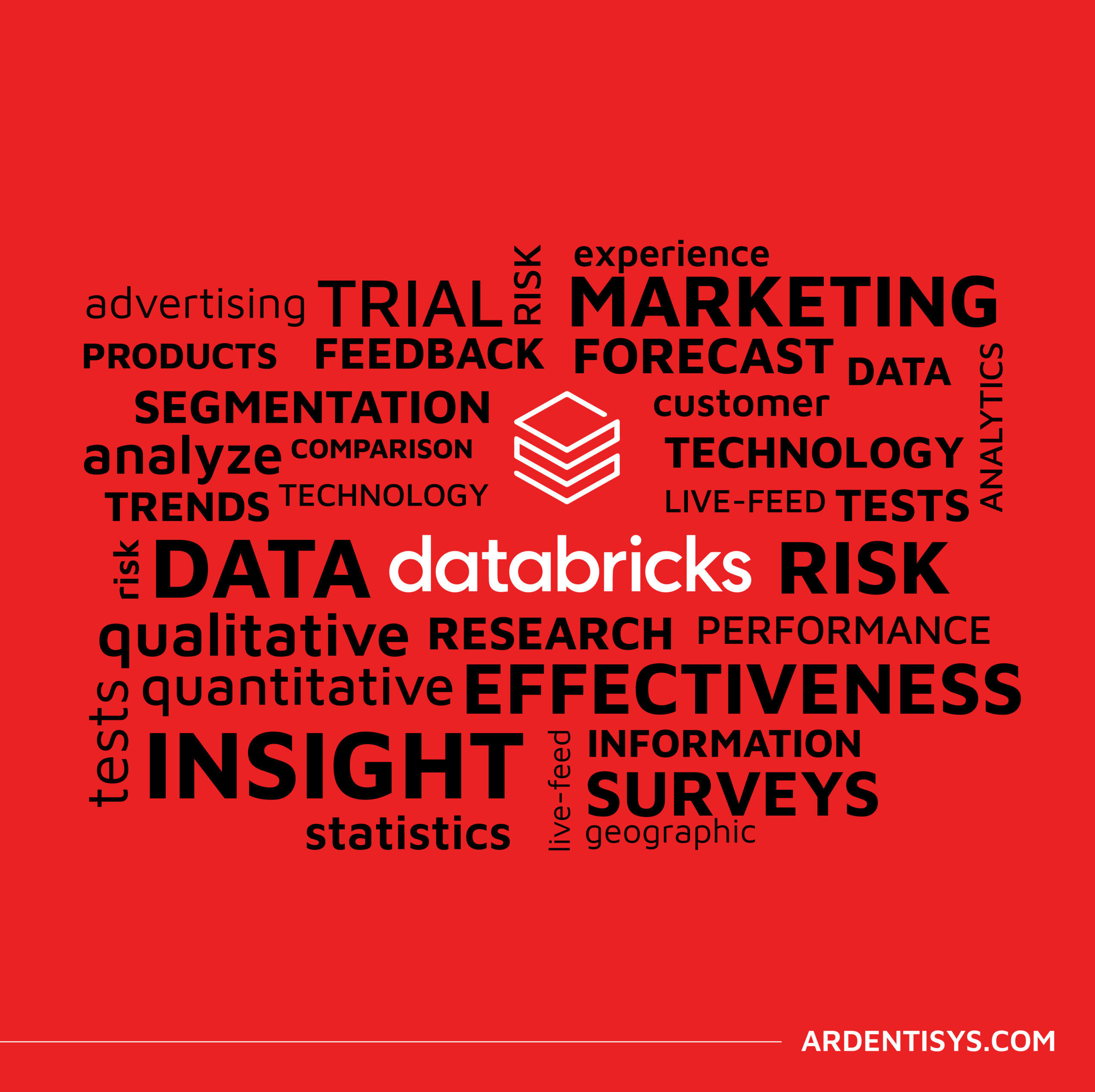4 Pillars of data observability, and why are they important?
19 May 2023 | Noor Khan

Data observability is the term given to a system of practices and processes, designed to fully understand the health and functionality of a company’s data as it is created, collected, processed, and generally flows through the business.
Essentially, it means understanding the health and state of the data, which allows it to be managed and best practices applied. In order to allow the process of data observability to function, there are four key areas (the four pillars) that need to be managed, these are:
- Metrics
- Metadata
- Lineage
- Logs
What is each pillar used for?
As with most aspects of data science and data management, the ability to measure and monitor data is essential in order to make it functional and usable. Each pillar of Data Observability serves a specific purpose that supports the overall goal, and allows for measurable, quantifiable, and actionable operations as a result.
Metrics: These numerical values are applied to different components, such as CPU utilisation, response times, cache sizes, etc – they are values that allow for assessment, comparison, and tracking of performance.
To put it very simply, metrics are an internal characteristic, and the exact numbers that the data is comprised of – they are the most basic element required to make any sort of analysis possible. Without accurate metrics, the process cannot be started, let alone completed.
Metadata: In simple terms, metadata is considered to be ‘data about data’ and although various elements (such as volume, schema, or when the data was gathered) can have an impact on metrics, metadata can be scaled independently whilst still preserving the statistic characteristics.
In terms of data science and monitoring, metadata is used to identify issues with the quality of the data.
Lineage: Also known as ‘provenance’, lineage refers to bidirectional dependencies between upstream and downstream data, as well as the range of abstraction between individual systems.
This allows for datasets, that would otherwise exist in isolation (such as being stored in a data warehouse) to be checked and examined against specific criteria and turned from an abstract into a usable function.
Logs: So, the first three pillars set up what data is being evaluated, how it functions with external operations, and how it performs with expected processes. Logs capture the interaction between different systems, or between machines and people – and record who (or what) is doing what at any given time.
This element of monitoring allows for a deeper understanding of how, when, and why the data is being used.
Key technology to maintain Data Observability
By combining the four pillars of Data Observability, companies can effectively monitor what their data is, where it is being used, and how they can improve their processes to make the best use of the information gathered.
In order to do this with ease, there are a number of technologies on the market, and technology partners with tools, programs, and applications to assist.
Some of the most popular options for Data Observability include:
- Monte Carlo
- Datadog
- Grafana
- Databand
- Datafold
- Acceldata
Choosing the right tools will depend on your specific needs, and the sort of functionality that you require. If you need assistance in making the best choice for your business, our team of experts are happy to provide assistance, so your data observability is doing the best for your company.
Gaining data observability with Ardent
Did you know that organisations with data visibility with a data driven approach are 23 times more likely to secure new customers? If you are looking to leverage your data for the countless benefits on offer, we can help. Explore how we have helped our clients unlock the potential of their data:
Monetizing broadcasting data with timely and reliable data availability
Improving data turnaround by 80% with Databricks for a Fortune 500 company
Driving growth for global brands with robust, scalable data pipelines with AWS infrastructure
Get in touch to find out more or explore our data engineering services.
Ardent Insights

Overcoming Data Administration Challenges, and Strategies for Effective Data Management
Businesses face significant challenges to continuously manage and optimise their databases, extract valuable information from them, and then to share and report the insights gained from ongoing analysis of the data. As data continues to grow exponentially, they must address key issues to unlock the full potential of their data asset across the whole business. [...]
Read More... from 4 Pillars of data observability, and why are they important?

Are you considering AI adoption? We summarise our learnings, do’s and don’ts from our engagements with leading clients.
How Ardent can help you prepare your data for AI success Data is at the core of any business striving to adopt AI. It has become the lifeblood of enterprises, powering insights and innovations that drive better decision making and competitive advantages. As the amount of data generated proliferates across many sectors, the allure of [...]
Read More... from 4 Pillars of data observability, and why are they important?

Why the Market Research sector is taking note of Databricks Data Lakehouse.
Overcoming Market Research Challenges For Market Research agencies, Organisations and Brands exploring insights across markets and customers, the traditional research model of bidding for a blend of large-scale qualitative and quantitative data collection processes is losing appeal to a more value-driven, granular, real-time targeted approach to understanding consumer behaviour, more regular insights engagement and more [...]
Read More... from 4 Pillars of data observability, and why are they important?






